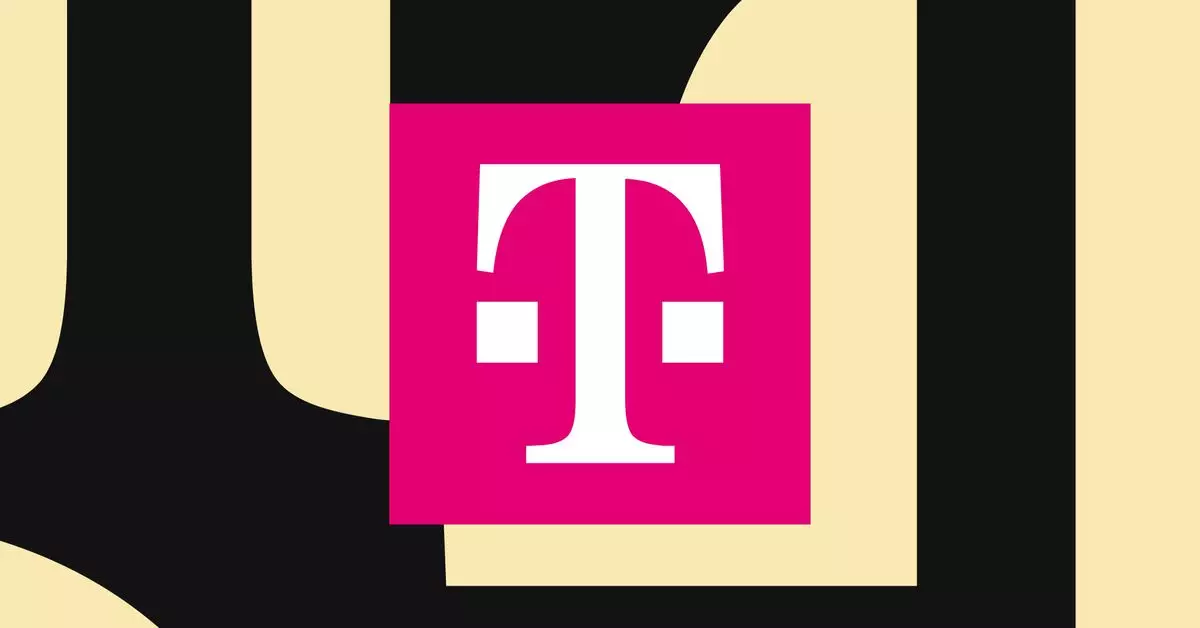The recent partnership between SpaceX and T-Mobile marks a significant step forward in addressing communication challenges posed by natural disasters, particularly in the aftermath of Hurricane Helene. With the Federal Communications Commission (FCC) granting temporary approval for Starlink direct-to-cell service, this collaborative effort aims to ensure connectivity in areas severely impacted by the hurricane’s destruction. As communication infrastructures falter due to adverse weather conditions, leveraging satellite technology offers a lifeline to those most affected.
Emergency Alerts Reach Isolated Areas
Starlink’s satellites have reportedly begun disseminating emergency alerts to cell phones across North Carolina, a state heavily affected by the recent hurricane. This initiative serves to keep communities informed during a crisis when traditional communication channels may be down. The capabilities introduced by SpaceX and T-Mobile, particularly the experimental SMS functionalities for T-Mobile users, highlight a tactical approach to maintaining essential communication. By using satellite technology in conjunction with existing cellular networks, these companies hope to mitigate the impact of “blackout zones” where communication is often non-existent.
The Current Communication Landscape
Despite the advances made with the Starlink initiative, challenges remain. Hurricane Helene’s intense flooding has led to extensive communication outages, particularly in southeastern regions of the United States. The FCC has released reports illustrating the ongoing connectivity dilemmas in specific areas. While there has been improvement since the hurricane’s aftermath, it’s evident that numerous residents continue to struggle with inadequate means of communication. This situation underscores the necessity of innovative solutions like those offered by satellite technology, which can operate independently of terrestrial infrastructure.
The initiative, however, is not devoid of contention. Major telecom operators such as AT&T and Verizon have voiced their concerns to the FCC regarding potential signal interference from the newly deployed satellites. Their apprehension is rooted in the possibility that the satellite transmissions could disrupt existing cellular networks, further complicating an already fragile communication environment. This conflict illustrates a typical clash between innovators looking to provide solutions and established companies seeking to protect their existing markets.
The limited deployment of SpaceX’s direct-to-cell constellation emphasizes the experimental nature of the current initiative. As services are provided on a “best-effort basis,” customers are encouraged to remain patient while further advancements are made. The collaboration between SpaceX and T-Mobile could serve as a blueprint for future emergency response protocols across the telecommunications industry. If successful, it might inspire an ongoing integration of satellite technology into standard emergency management practices, potentially transforming the landscape of crisis communication for years to come.
The partnership between SpaceX and T-Mobile signifies a progressive approach to tackling communication barriers during emergencies. As technological innovations continue to evolve, the hope remains that such initiatives will lead to a more resilient infrastructure capable of weathering even the most severe crises.

